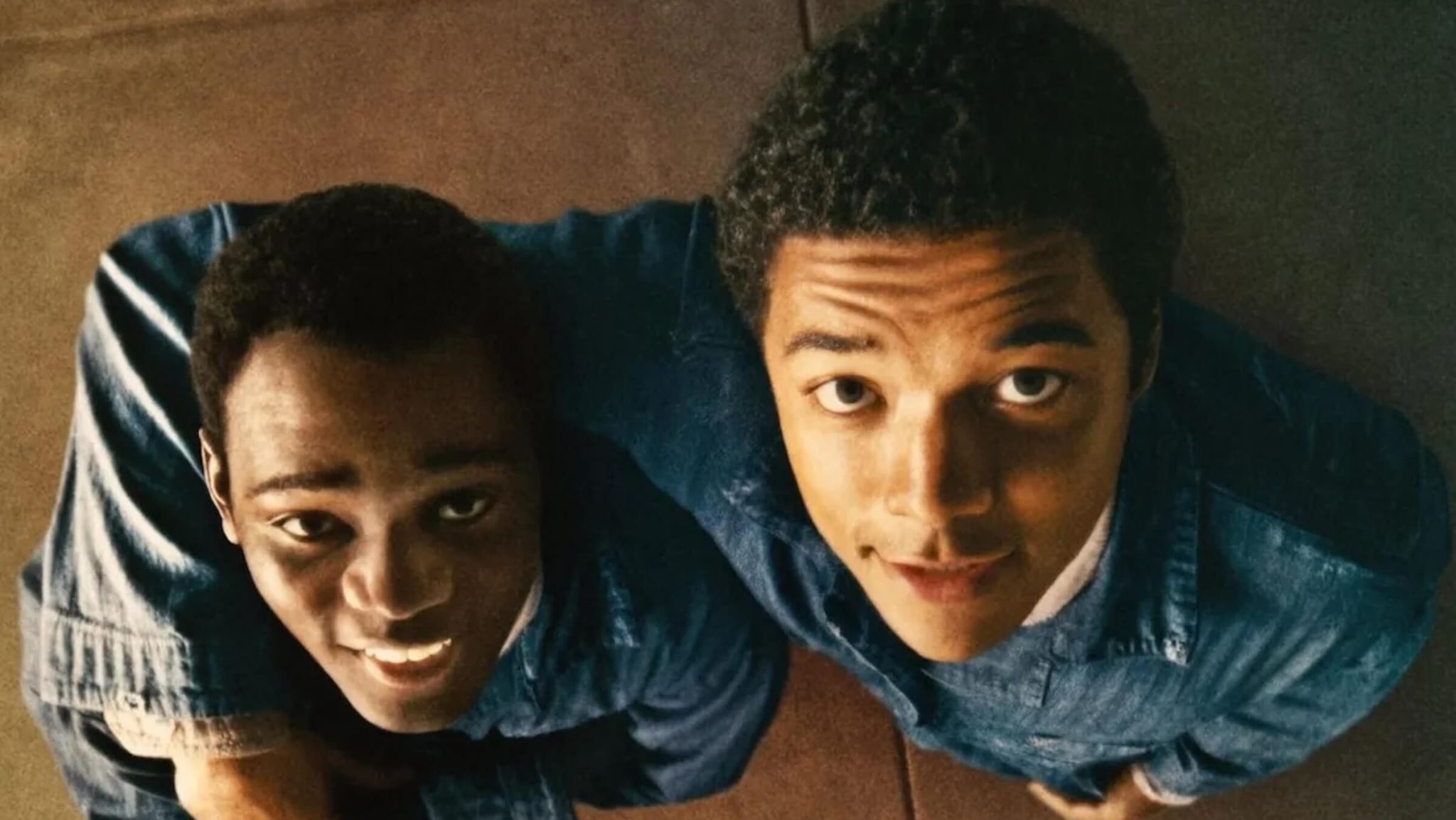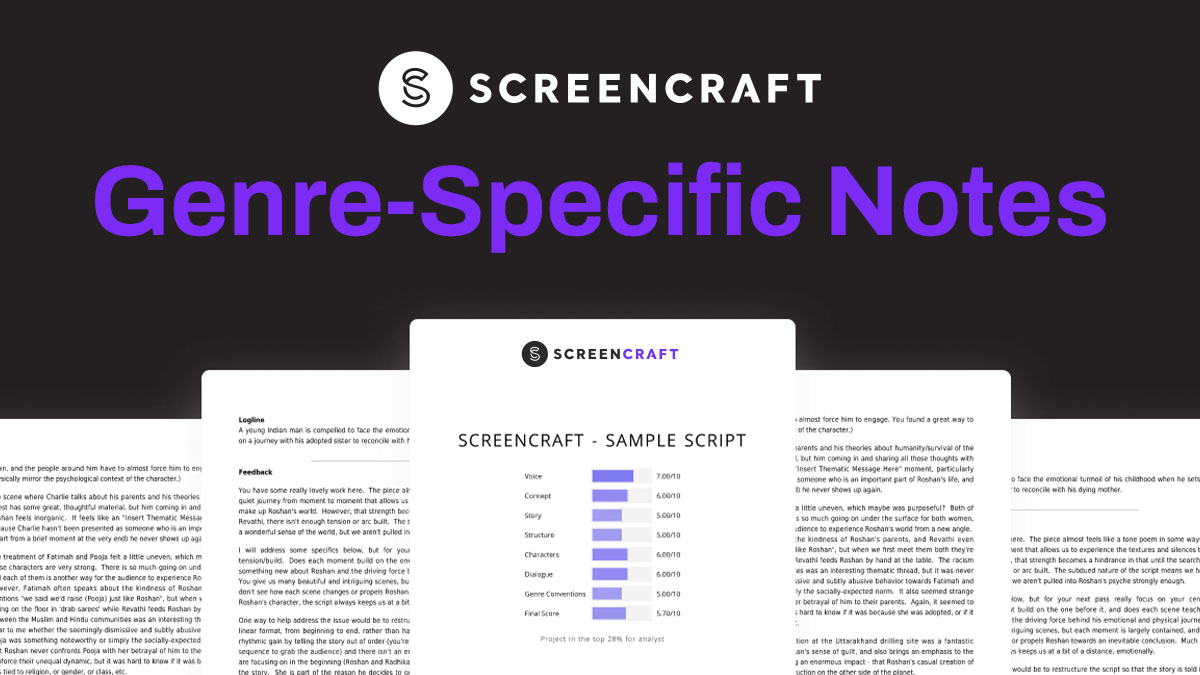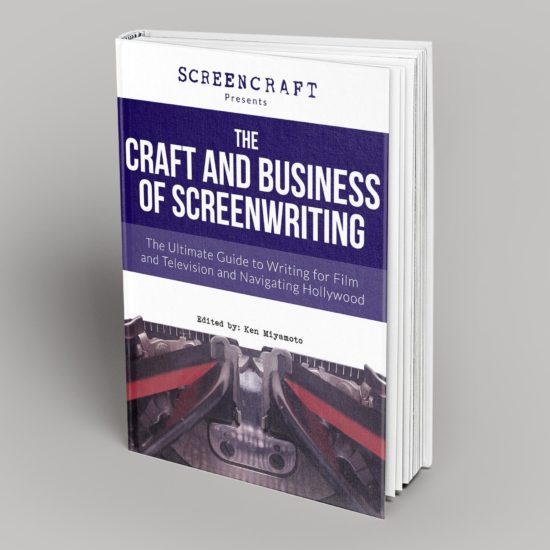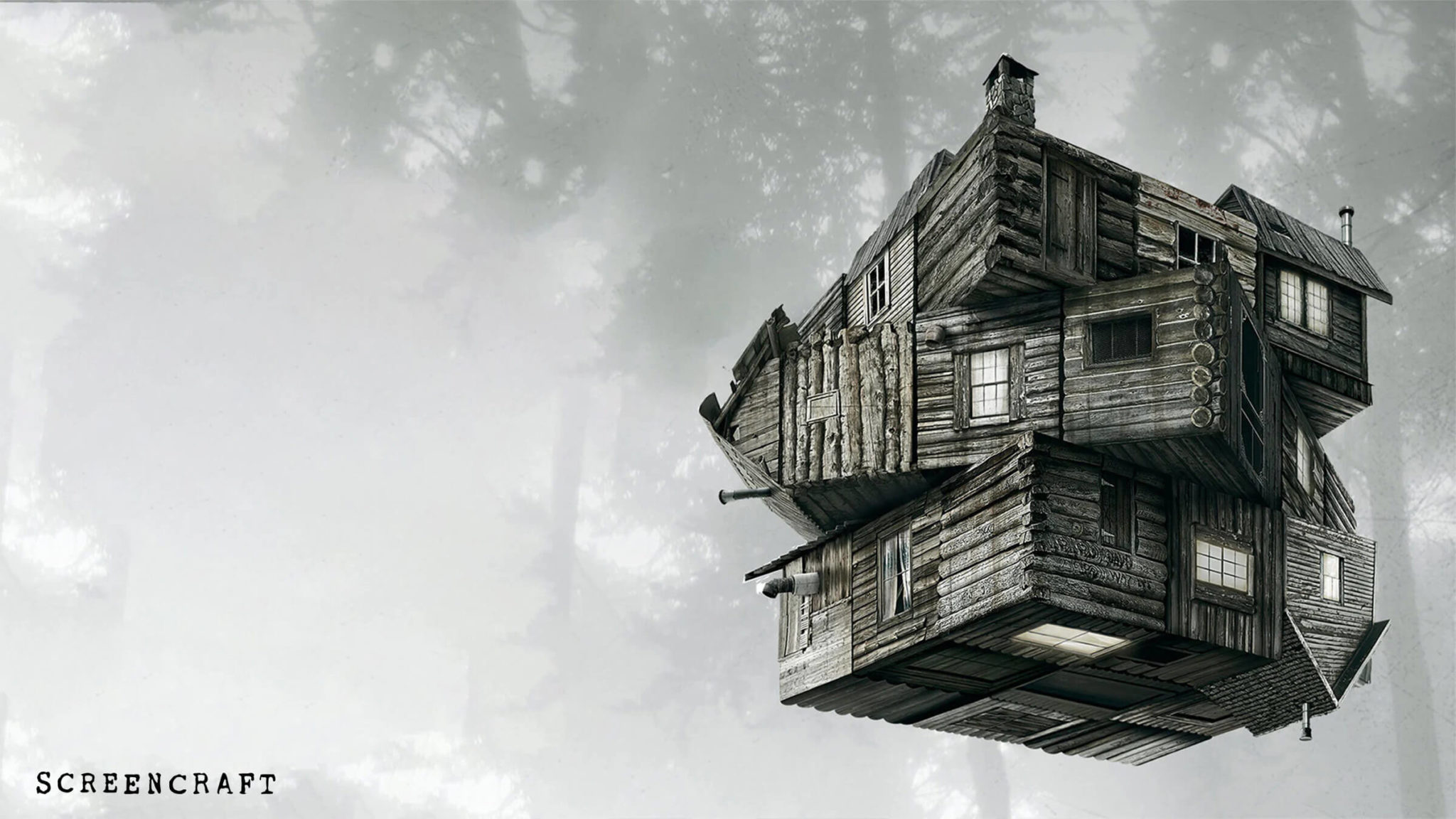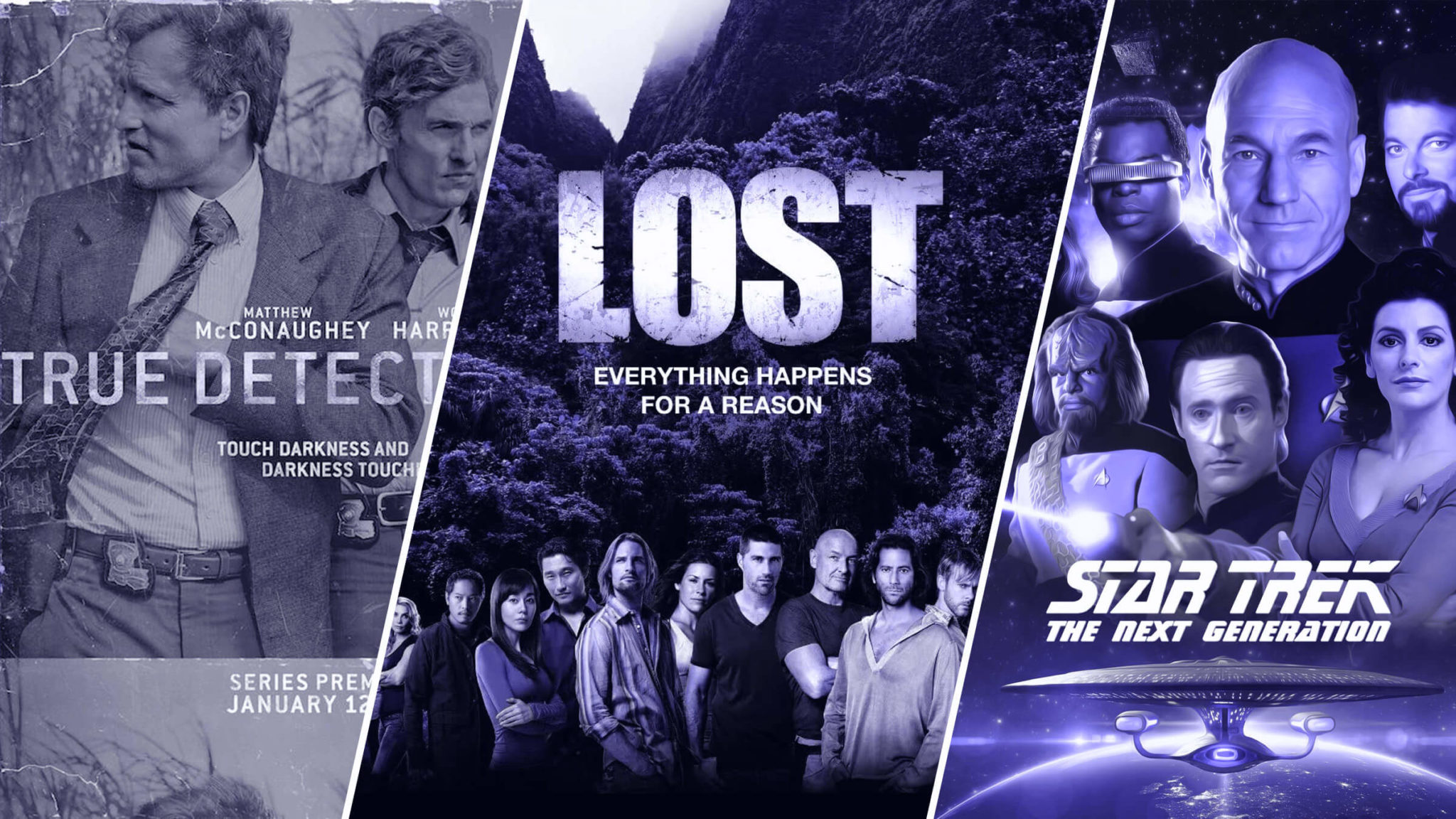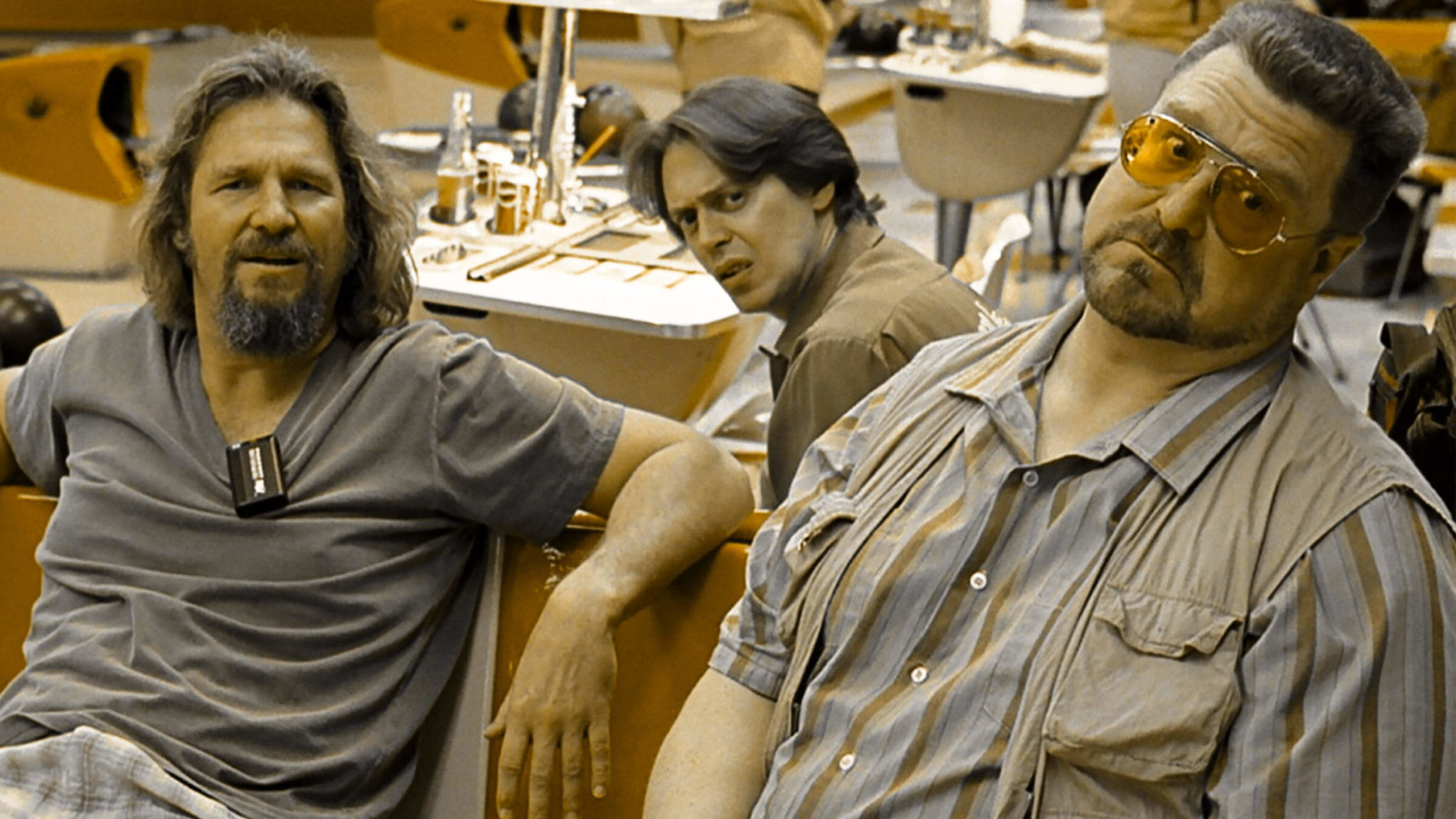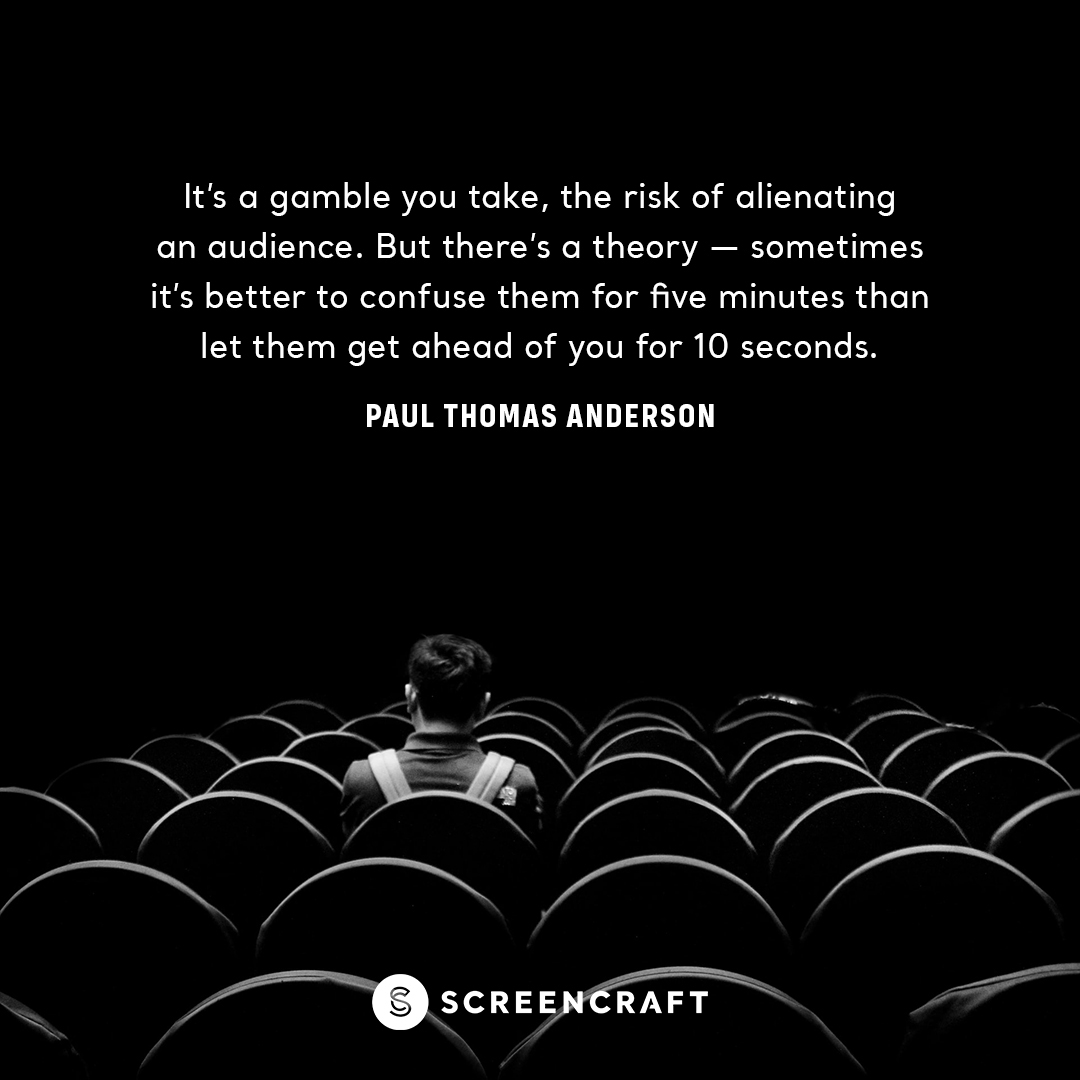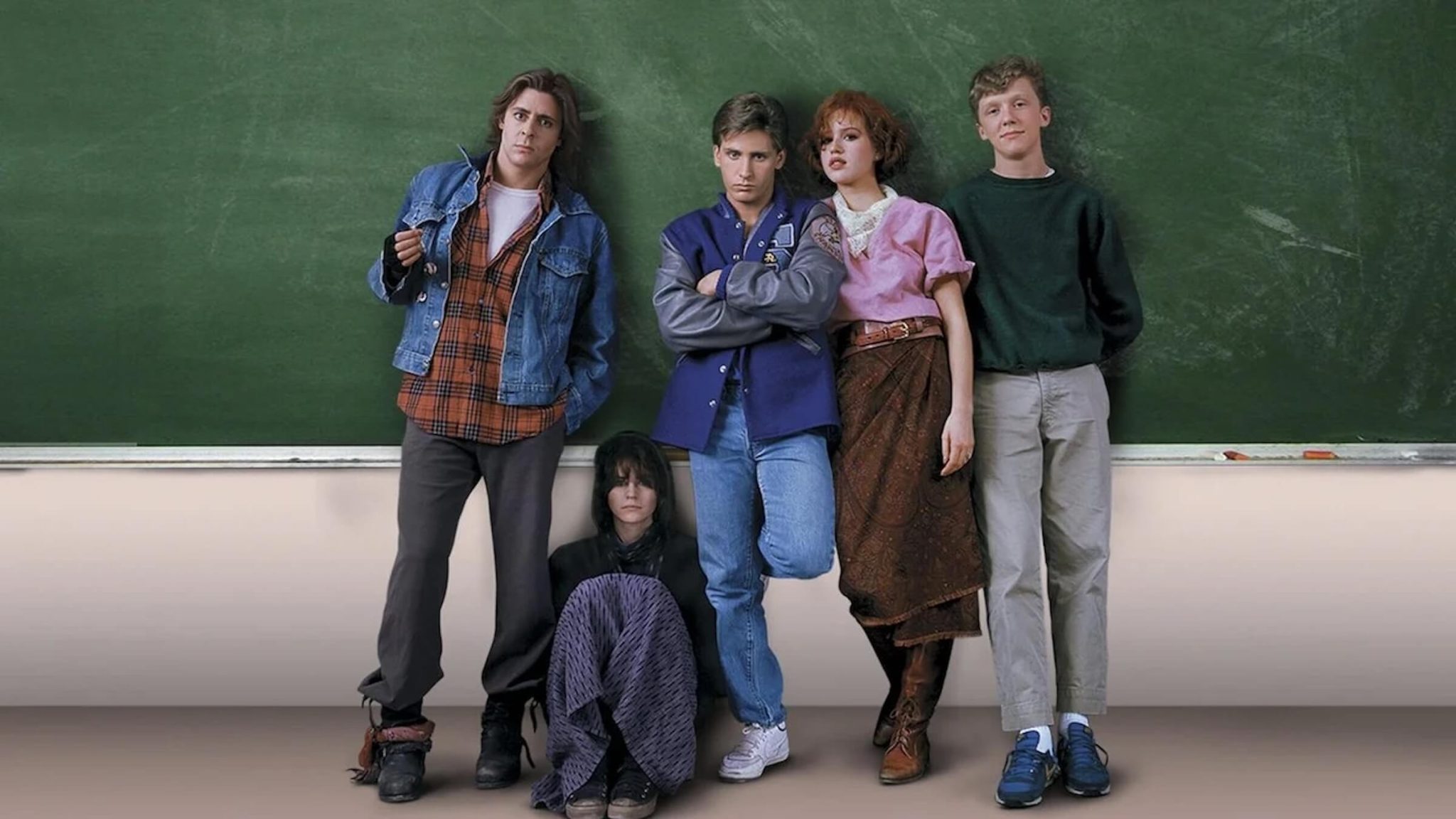How RaMell Ross and Joslyn Barnes Pushed Storytelling Boundaries with 'Nickel Boys'
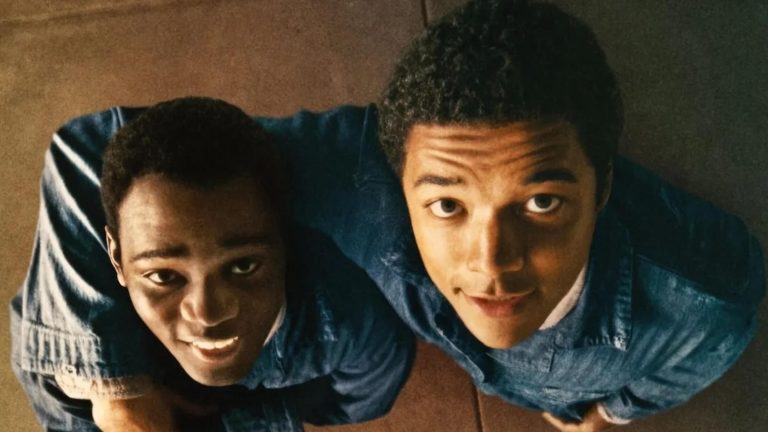
At a recent panel discussion, Nickel Boys filmmakers RaMell Ross and Joslyn Barnes delved into their ambitious adaptation of The Nickel Boys. Turning Colson Whitehead’s Pulitzer Prize-winning novel into a bold, first-person narrative film, the duo didn’t just stick to the script—they redefined what it means to see a story.
Here’s how they did it, and what you can take away for your own work.
A Collaborative Beginning
Ross and Barnes began their partnership during Ross’ groundbreaking documentary Hale County This Morning, This Evening. That film, celebrated for its poetic visuals and intimate storytelling, caught the attention of Nickel Boys producers Plan B and Anonymous Content.
Recognizing the need for a fresh, unconventional perspective on the harrowing story of a reform school, Plan B reached out to Ross. He insisted not only on directing but on writing the script alongside Barnes.
“I think Joslyn needs to write it with me,” Ross recalled, emphasizing the trust and shared vision that would guide their work.
Read More: 3 Tricks of the Trade Screenwriters Can Learn From Directing
Adapting a Pulitzer-Winning Novel
Adapting The Nickel Boys—a story rooted in the brutal realities of the Dozier School—was a daunting yet inspiring process. Ross and Barnes approached the adaptation with respect for the novel's emotional core while reimagining its storytelling for cinema.
They highlighted a critical creative choice: using first-person perspective to immerse the audience in the protagonist Elwood’s lived experience. This stylistic decision transformed the camera into a “character’s organ,” as Ross described, rethinking trauma and memory in ways traditional cinema rarely explores.
“Cinema typically takes its cues from theater,” Ross explained. “You’re a ghost floating through the story. But when the camera becomes the character’s eyes, you begin to ask: where do they look during trauma? Where do we look?”

'Nickel Boys' (2024)
Writing Nickel Boys Through Images
Ross and Barnes discussed their visually driven writing process, which prioritized cinematic language over traditional dialog. They aimed to create “adjacent images”—moments that were sensory and experiential rather than explicitly narrative. Scenes were written to “carry a consciousness,” encouraging the audience to feel the story physiologically, rather than just observe it intellectually.
For example, Ross noted a powerful moment where the dialog was removed entirely. “We told Ethan to say the lines in his head instead. It puts the meaning in the mind of the viewer. That’s releasing cinema,” he said.
Barnes added that this approach demanded rethinking conventional screenwriting rules: “We didn’t want to be tied to plot alone. The emotional transfer of love between characters became our organizing principle.”
Read More: How Visuals Let Keanu Reeves Say Only 380 Words in 'John Wick Chapter 4'
The Role of Time and Memory in Nickel Boys
Time, as both theme and tool, played a central role in their adaptation. Barnes explained, “So much of this film reflects the process of memory. It’s not just about moving forward but deepening—inviting the audience to actively reflect rather than passively consume.”
This deliberate pacing allowed the film to honor the weight of history and trauma without relying on overt depictions of violence. Ross emphasized that the film aimed to center the beauty of perspective and life, not just brutality.
“If all you take from this film is trauma, you’ve been so visually traumatized already that you missed the experience,” he argued.
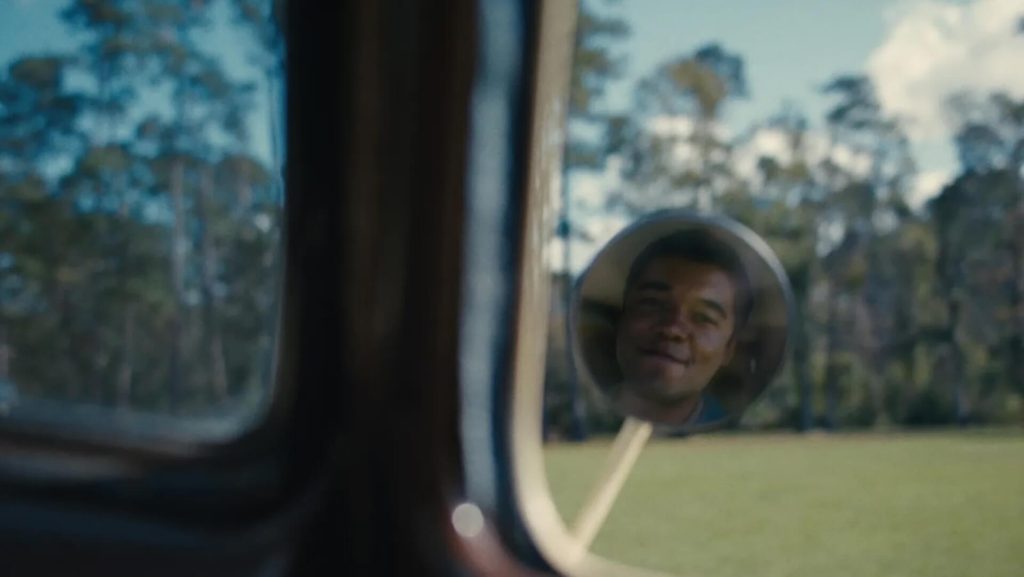
'Nickel Boys' (2024)
A New Language of Cinema
For Ross and Barnes, Nickel Boys wasn’t just an adaptation but an experiment in cinematic grammar. The film’s visuals challenge viewers to engage differently with storytelling. By blending documentary techniques, poetic visuals, and meticulous research—including the Dozier Report and oral histories—the filmmakers created what Ross calls an “experiential monument.”
“Images talk to images. They don’t talk to the real world,” Ross noted, underscoring cinema’s potential to transcend simple reality and provoke deeper reflection.
The Bigger Conversation Around Nickel Boys
The discussion ended on a thought-provoking note as the panel addressed the challenges of telling stories about systemic violence. How can artists push beyond familiar narratives?
Ross encouraged filmmakers to embrace complexity, drawing inspiration from contemporary photography and rejecting the reductive tropes of mainstream cinema.
“If all our stories are about conflict, that’s all we’ll see in the world," Barnes added. "We need to challenge ourselves to create stories that deepen, expand, and ultimately reflect something more.”
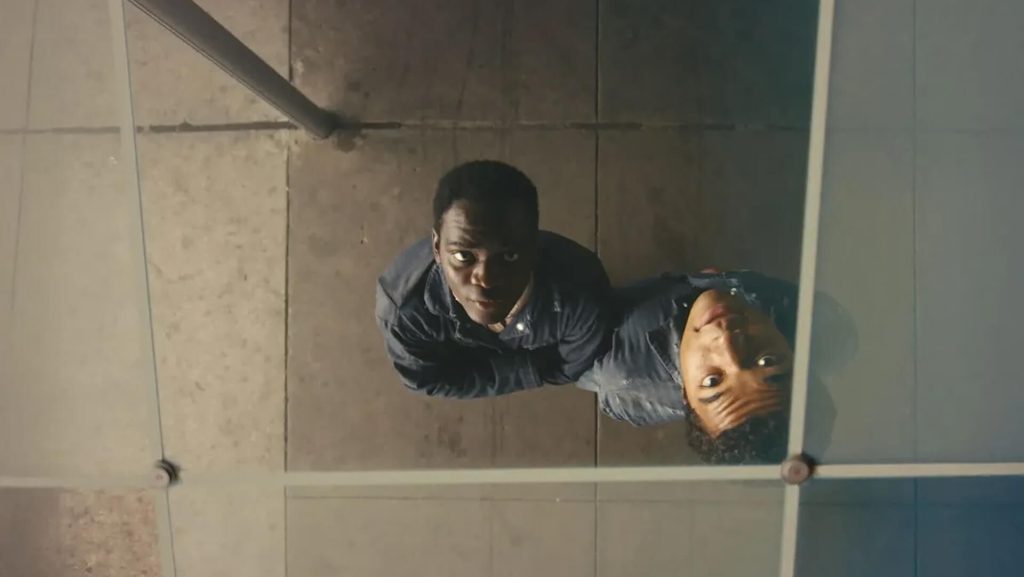
'Nickel Boys' (2024)
A Bold Vision Brought to Life Through Screenwriting
Ross and Barnes’ Nickel Boys stands as a testament to the power of visual storytelling and collaborative artistry. Their work challenges traditional screenwriting norms while honoring the novel’s themes of resilience, love, and memory.
For filmmakers and writers alike, their approach is a masterclass in how to reimagine a powerful story for the screen—one that lingers long after the credits roll.
Read More: Unconventional Story Structures for Screenwriters
Get actionable Drama Notes from a professional reader with real industry experience!
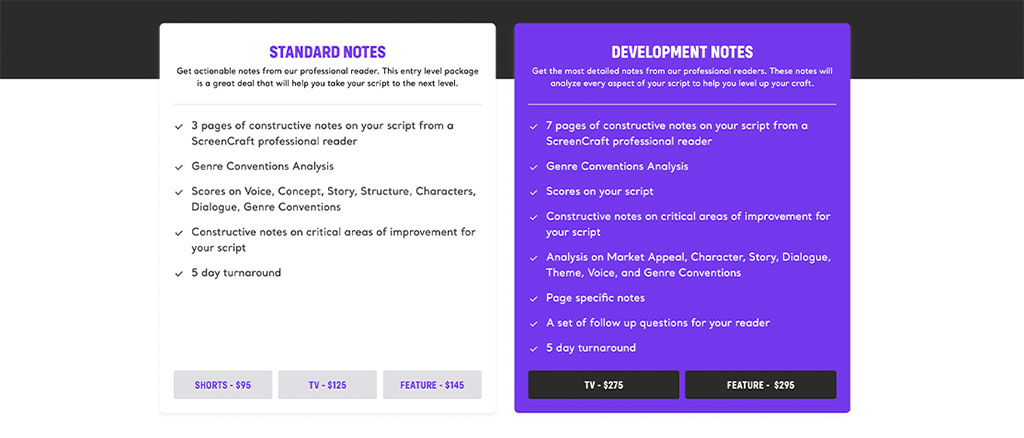
Get Our Screenwriting Newsletter!
Get weekly writing inspiration delivered to your inbox - including industry news, popular articles, and more!



